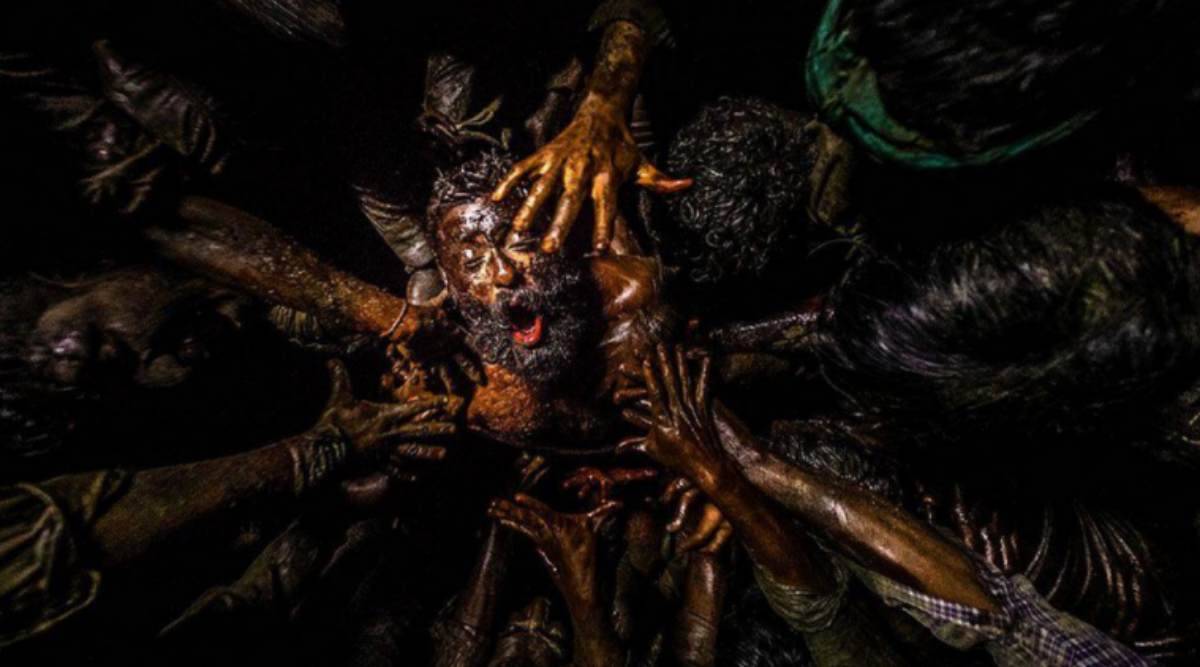
“What comes to your mind when you hear ‘India’?” asks the reporter.
“Umm…Culture. Spices. Diversity,” the foreigner pauses for a moment and then exclaims, “and yes Bollywood!”
This was a scene from a documentary I once watched. And as the self-explanatory conversation implies, Bollywood is often thought of as synonymous to India. When we say Indian cinema, Hindi film industry is what comes to mind first and foremost. But that does not mean Hindi films are superior to other languages, or the Hindi film industry aka Bollywood produces all of India’s best works. Rather, it has more to do with visibility.
This year, Malayalam film Jalikattu, directed by Lijo Jose Pellissery, is India’s official entry to the Oscars. From the time it was released, it amassed rave reviews and was honoured at several film festivals. Yet again, the fact that regional cinema is going global came to the forefront. And the debate revolving around whether regional cinema can be termed as ‘regional’ anymore resurfaced.
Like we know, it has more to do with visibility than superiority. Regional films often struggled (and still do) to get the desired distribution. Hindi films, having the favourable factors, backing and funding – are way ahead than Tamil, Telugu, Bengali, Marathi, among others, industries. But things are changing, for good.
The year 2015 has been a gamechanger for regional films. It was the year when SS Rajamouli’s mega blockbuster hit Baahubali:The Beginning released. It grossed Rs 650 crore at the box office. What’s more, not only the Telugu speaking audience, but people from all over the country went to the theatres to experience this magnum opus. And in 2017, its sequel hits the theatre – which achieved even more success than the first one, grossing Rs 1,810 crore – totalling Rs 2,460 crore for the franchise.
In 2016, Marathi film Sairat – directed by Nagraj Manjule — created waves. The film, made on a budget of Rs 4 crore, went on to become the highest grossing Marathi film till date – with a whooping box office collection of Rs 110 crore. These are just two of the many instances when regional cinema made it clear that they are not just ‘regional.’ Be it winning national awards (like Gujarati film Hellaro won in 2018, or Assamese film Village Rockstars bagging the same in 2017) – or getting roped in for Bollywood remakes (Sairat, Arjun Reddy, Ok Kanmani, Hindi Medium, Wanted, Kick, among many).
The data also suggests that in the recent times the production of regional films has increased. On an average, only 10-15% of the films are in Hindi, another 10% released in India are in English and rest 70-80% are in diverse languages as Malayalam, Telugu, Kannada, Bengali, Punjabi, Gujarati, among others – as data by Bookmyshow suggests. And as per reports by FICCI Frames media and entertainment, in 2018, more Kannada films released than Hindi.
With more production, there are more chances of visibility. Another factor that has also been contributing to this in the recent past is how big production houses of India are backing regional projects. For instance, Karan Johar’s Dharma Productions took the onus of distribution of Bahubaali: The Beginning in North India. Also, Anurag Kashyap’s Phantom Films distributed Tamil film Pardesi (2013) to cater to North Indian audiences. Moreover, collaboration of big stars (which has been happening for decades) with regional filmmakers further enhances these films’ chances to reach a wider audience. The most recent of which is RRR — an upcoming film by Baahubali filmmaker Rajamouli who has roped in Ajay Devgn, Alia Bhatt, Jr NTR and Ram Charan.
While we are all aware that the so-called regional films have produced some of the best of world cinema, they were often shelved as ‘art house’ films. On the other hand, Bollywood or Hindi films were the ones which had the big banner commercial hits. But with time, this distinction started wearing off. Moreover, films from the farthest and smallest corners of India also have the reach – thanks to the multiplex structure, and OTT platforms.
What’s interesting is it often feels like we are in the age of global cinema – where no film is bound by region, territories or linguistic barriers. If a story shot in a small, remote village of Assam (Rima Das’s Village Rockstars) can evoke emotions to someone sitting in Mumbai, or a story depicting the lives of those in a deprived colony of South Korea (Bong-Joon-Ho’s Oscar winning film Parasite) can move those in the US – then it can be rightly concluded that there’s no Asian, American or French or mainstream or art house films – there’s only one …and that is world cinema.
(Cover: A still from Jalikattu)
Delhi Police raided a late-night illegal bar in Samaypur Badli, detaining 25 people and seizing…
A rear-end crash near Delhi Haat triggered a blaze that gutted both vehicles, though no…
Court grants probe agency more time as NIA pursues wider links in Red Fort blast…
Featuring works in thread, fabric, performance and digital media, Ski(e)n examines the body as a…
Govt report shows gains in maternal health, with better care access and fewer anaemia cases…
Delhi driver murdered after petty dispute; birthday celebration turns violent, say police